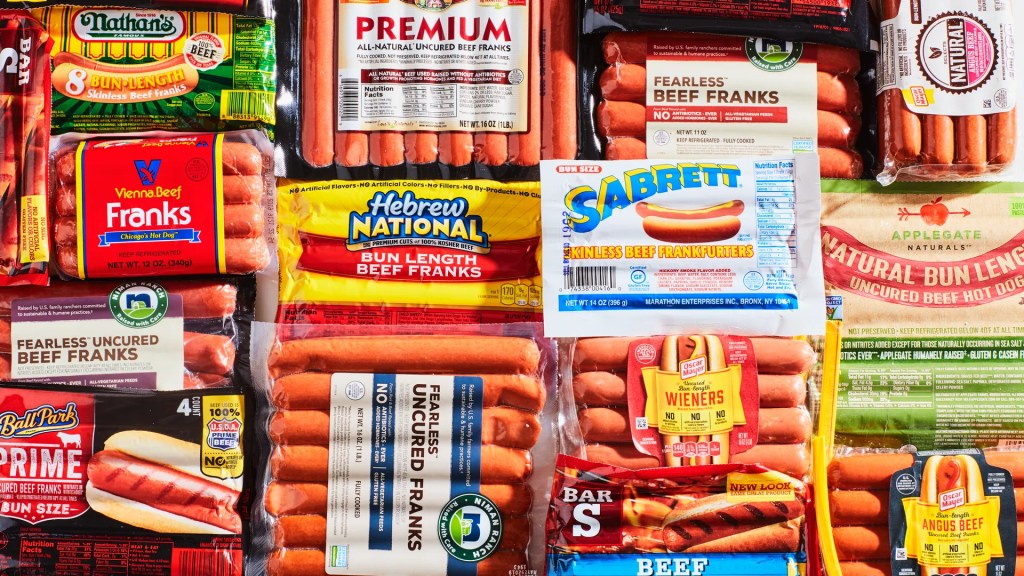Colour of packaging has a significant impact on consumer psychology when choosing between buying plant-based meat or traditional meat products, according to a new guide from ProVeg International.
In its latest New Food Hub guide, the non profit explores how colour is used in marketing strategies for plant-based alternatives in contrast to that of traditional meat products.

Plant-based packaging colours
According to ProVeg, green is a popular colour choice for plant-based products packaging and branding due to their link to natural ingredients and sustainability.
Plant-based brands also are more likely to use earthy tones such as brown or beige to replicate the look and texture of meat, with the goal of making for a smoother transition to plant-based eating for consumers used to traditional meat.
However, to make a visual distinction with traditional meat products, many plant-based brands use bright and vibrant colours to represent a more youthful, modern approach geared toward younger generations, who are more likely to consume plant-based meat.
Traditional meat packaging colours
ProVeg notes that conventional meat products often feature red in their packaging and branding, as this colour is associated with the natural appearance of meat, signalling freshness and appetising qualities. For example, beef packaging often uses deep reds to evoke the image of juicy, cooked steaks.

Moreover, many premium meat products are more likely to use black-and-white colour schemes to convey a feeling of sophistication and exclusivity. The guide notes that high-end steakhouses and meat brands frequently employ these colours as a means to signal quality and luxury.
At the same time, some meat producers incorporate blue into their branding, as the colour’s cool and calming nature represents qualities such as trust, reliability, and safety. Blue can instil confidence in consumers, particularly with regard to selecting meat products where hygiene and quality assurance are of key importance.
To stay up-to-date on the latest industry headlines, sign up to Future Alternative’s enewsletter.
Posted on:


